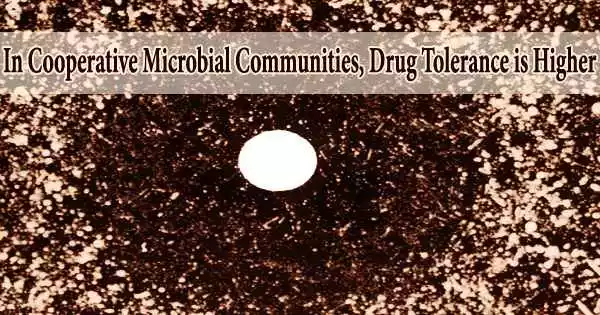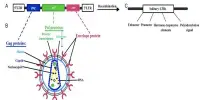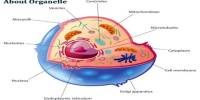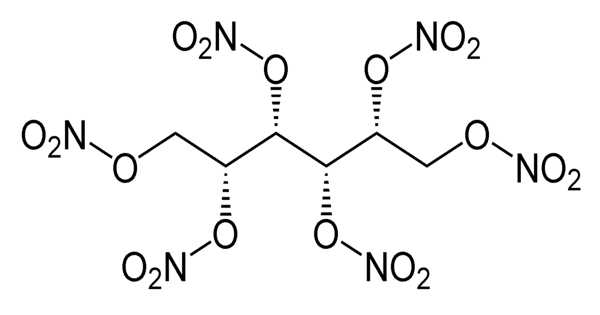The Francis Crick Institute’s research has identified a crucial mechanism that enhances microbial populations’ tolerance to medicines. The results might aid in the creation of more potent antifungal medications.
When bacteria, viruses, fungi, or parasites become less sensitive to treatments or no longer respond to them, this is known as antimicrobial medication resistance and tolerance. It is a significant problem in medicine; for instance, invasive fungal infections cause 1.6 million fatalities annually.
“Around the world, more people die each year from invasive fungal species than from malaria. There are currently only three classes of antifungal drugs in clinical use and in an increasing number of cases, these antifungals fail. Understanding the mechanisms which increase or decrease the chance of a drug working is crucial to aid the developments of new treatments,” explains Jason Yu, co-first author and postdoctoral training fellow in the Molecular Biology of Metabolism Laboratory at the Crick.
The researchers used information from 12,000 microbial communities from around the world supplied by the Earth Microbiome Project for their study, which was published in Nature Microbiology today (Monday, March 21).
The researchers discovered one particular type was very common among these communities of various bacteria, which work together to produce and consume the materials they all need to survive and flourish.
99.95% of the 12,538 communities they analyzed had auxotrophs, which are unable to produce critical metabolites like amino acids, vitamins, or fatty acids.
Around the world, more people die each year from invasive fungal species than from malaria. There are currently only three classes of antifungal drugs in clinical use and in an increasing number of cases, these antifungals fail. Understanding the mechanisms which increase or decrease the chance of a drug working is crucial to aid the developments of new treatments.
Jason Yu
Clara Correia-Melo, co-first author and researcher in the Molecular Biology of Metabolism Laboratory at the Crick and the Department of Biochemistry at University of Cambridge, says:
“The widespread nature of auxotrophs has been considered a paradox, a fundamental problem in our understanding of microbiology. This is because they must absorb metabolites from the environment and so they have been thought of as weaker than other cells which can create these chemical compounds themselves. They have been seen as scrounger cells, a drain on communal resources.”
Scientists discovered that communities with auxotrophs are more likely to exhibit tolerance against hundreds of chemicals than communities without these cells by analyzing drug exposure data from the experiment.
Furthermore, the study demonstrated that these cells are not scavengers but rather cooperative partners because they take up metabolites that are necessary for them in exchange for returning other metabolites to the community.
Additional research employing a yeast model revealed that this enhanced tolerance is caused by cells’ increased levels of metabolic export, or the transport of metabolites out of cells, which occurs when cells collaborate in metabolism. Drugs are consequently transported out of cells at a greater rate as a side effect of this.
Clara Correia-Melo adds: “This work solves a paradox around auxotroph success by revealing how auxotrophs are very valuable to their communities. They increase the metabolic interactions within the communities, and by doing so, increase the tolerance to drugs. Additionally, the increase in metabolic flow also leads to an enrichment of the shared environment, with more supplies available that can be used for growth and survival.”
Markus Ralser, senior author and group leader of the Molecular Biology of Metabolism Laboratory at the Crick and head of the Institute of Biochemistry at Charité, a leading university hospital in Berlin adds:
“Our observations go beyond microbial ecology, they open a whole field of research exploring the contribution of metabolism and the metabolic environment to antimicrobial resistance.”
“We hope that this will allow the design of new generations of antifungals, that target not only cell growth but also tolerance, and hence will be more effective than the currently available treatments.”
In order to collect therapeutically relevant fungus species and examine how they react to antibiotics, the researchers will continue this effort.
















